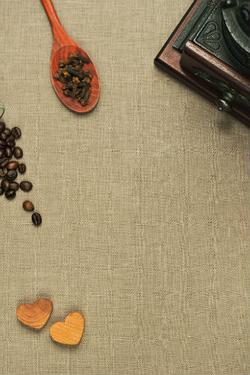White tea is a type of tea that is manufactured by a process that uses low heat and no rolling. The developmental stage is the stage where there is an extended period of withering, in which enzymatic reactions progress within the right airflow, temperature, and humidity. This process is used to get the fresh leaves to mature properly and with minimal oxidation. In most cases, white tea usually contains buds and young tea leaves, which are said to contain lower levels of caffeine than the older leaves. This suggests that some white teas might have a slightly lower caffeine content than that of green teas.
The Chinese province of Fujian uses white tea as a specialty. The leaves of white tea come from an assortment of tea cultivars. Of the white tea known, the most popular are Narcissus and Chaicha bushes, Da Bai (large white), and Xiao Bai (small white). White teas can be classified into an assortment of grades according to the different standards of picking and selection.
There are several varieties of white tea. The Chinese white tea consists of Bao Hao Yinzhen (Silver needle), Bai Mu Dan (White Peony), Gong Mei (Tribute Eyebrow), and Shou Mei (Noble, Long Life Eyebrow). Other types of white tea consist of Ceylon White, Darjeeling White, Assam White, and White Puerh Tea.
The Types of White Tea
The first type of Chinese white tea is Bao Hao Yinzhen. Bao Hao Yinzen is also called Silver needle and the highest grade of this type of white tea should be fleshy, bright colored, and covered with tiny white hairs. The shape of Bao Hao Yinzhen should be very consistent with no stems or leaves. The best of Bao Hao Yinzhen is from a growing season when it has not rained too much and only using undamaged and unopened buds. The best times to pick these are between March 15 and April 10. This type of white tea is from Fujian Province, China.
Another type of Chinese white tea is Bai Mu Dan. Bai Mu Dan is also known as White Peony and is a grade below the Yinzen white tea that incorporates the bud and two leaves that should be covered with a fine, shiny-white down. This type of white tea is from Fujian Province, China.
A third type of Chinese white tea is Gong Mei. This type of white tea also known as Tribute Eyebrow is the third grade of white tea, where the production uses leaves from the Xiao Bai tea trees.
Shou Mei is the fourth grade of Chinese white tea. This type of white tea is also known as Noble, Long Life Eyebrow. This white tea has a stronger flavor than other white teas. The Shou Mei gets it fruity furry flavor from the mix of lower and upper tips of leaves. It is plucked later then the Bai Mu Dan which indicates the tea may be darker in color. Shou Mei is from the Fujian Province and Guangxi Province in China.
A highly prized white tea that is grown in Sri Lanka is known as Ceylon White. This tea has very light liquoring with notes of honey and pine and a golden coppery infusion which explains why this tea is high in price.
Darjeeling White is a white tea from Darjeeling, India. This tea has a delicate aroma that has a mellow taste and a hint of sweetness when brewed to a pale golden cup.
Assam White is another type of white tea that is produced in the rare region of Assam, India. This tea is much lighter in the body than those in traditional black teas. The flavor of this tea has a refined infusion with a distinct malty character.
The last type of white tea mentioned is the White Puerh Tea which is produced in the spring from plantations found high on mountain peaks of Yunnan Province, China. These luxury white teas that are produced in the Yunnan Province are rich in fragrance, and possess a sweet nectar-like quality that is alluring.
The difference between white tea and green tea is that white tea is shown to have more anti-viral and anti-bacterial qualities than green tea. White tea also contains higher levels of catechin, caffeine, gallic acid, and theobromine than green teas. White tea does contain less fluoride than green tea since it is made from young leaves only.

